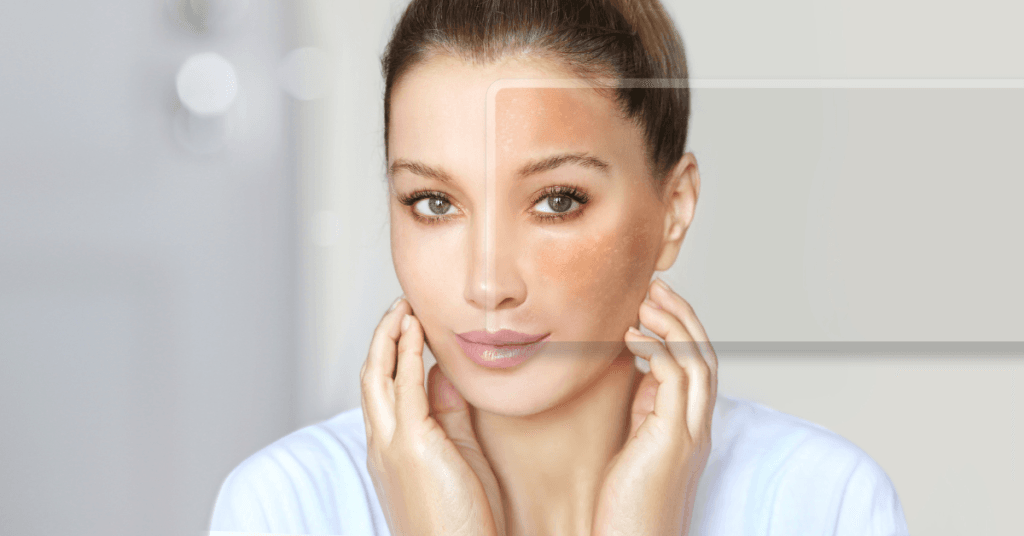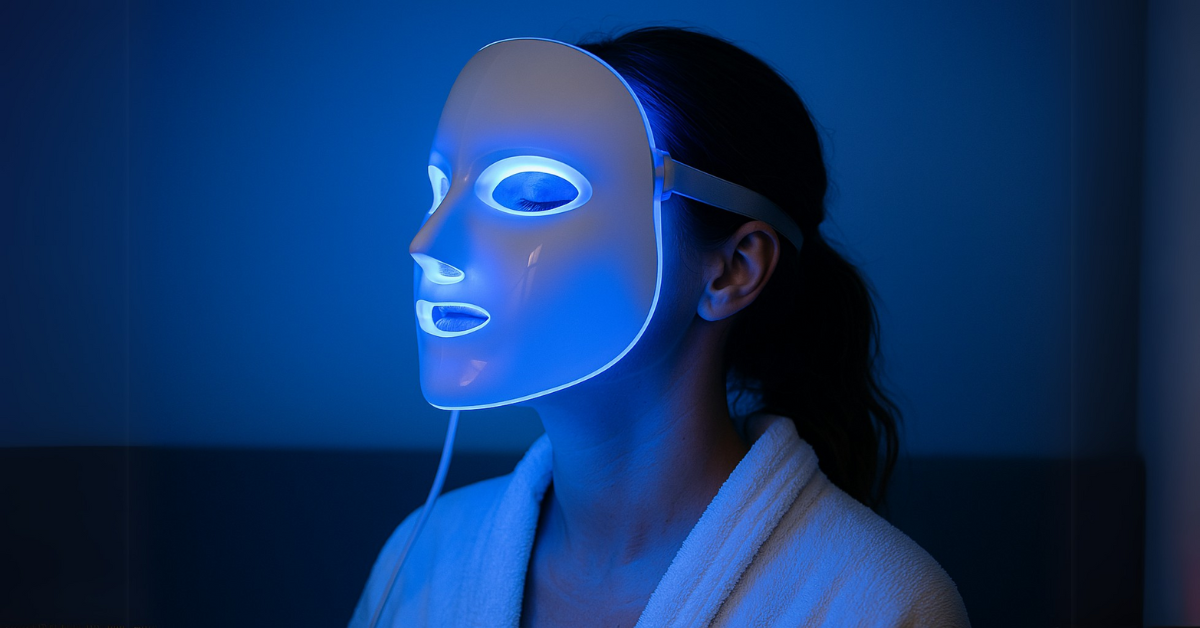Hyperpigmentation is one of the most common, persistent, and frustrating skin concerns out there. Whether it’s sun spots, melasma, post-acne marks, or just uneven tone, those dark patches seem to linger long after the breakout or sunburn is gone. And thanks to the internet, there’s no shortage of quick-fix promises: miracle peels, viral creams, and aggressive lasers claiming to erase spots overnight.
Spoiler: real results don’t happen overnight — and aggressive treatments can often make pigmentation worse, especially for those with melanin-rich skin.
So how do you fade spots the right way? This dermatologist-edited guide dives into the science of hyperpigmentation and the best evidence-based ways to treat it gently, consistently, and effectively.
What Is Hyperpigmentation, Exactly?
Hyperpigmentation is the darkening of certain areas of the skin due to an overproduction of melanin — your skin’s natural pigment. This can be triggered by inflammation, UV exposure, hormones, or skin trauma.
There are a few common types:
- Post-Inflammatory Hyperpigmentation (PIH): Dark spots left behind after breakouts, cuts, or irritation.
- Melasma: A hormone-triggered condition, often worsened by sun exposure.
- Sunspots / Age Spots: Caused by long-term sun damage, typically appearing on the face, hands, and chest.
Each type has different triggers and responds best to different treatments — but the universal truth is this: melanin production is slow to reverse, and any approach needs to be gentle and long-term.
Why You Should Skip the Harsh Stuff
There’s a common misconception that fading dark spots means “burning them off” with the strongest acid, peel, or lightening agent you can find. But here’s the truth:
- Over-exfoliation and harsh treatments can worsen pigmentation by triggering more inflammation.
- Lasers and aggressive peels can cause rebound pigmentation, especially for Fitzpatrick skin types IV-VI.
- DIY remedies (looking at you, lemon juice) can disrupt your skin barrier and make matters worse.
When it comes to hyperpigmentation, slow and steady wins the glow.
Ingredients That Actually Work (And Are Worth the Wait)
Let’s look at the top dermatologist-approved, research-backed ingredients and treatments that fade hyperpigmentation safely and effectively.
1. Niacinamide
This vitamin B3 derivative is one of the best all-around ingredients for tackling uneven tone, redness, and dullness without irritation.
Why it works:
- Inhibits melanin transfer to skin cells
- Strengthens the skin barrier
- Reduces inflammation
Use: Daily, in serum or moisturizer form, ideally at 5% concentration.
2. Alpha Hydroxy Acids (AHAs)
AHAs like glycolic acid and lactic acid help exfoliate the top layer of skin, speeding up cell turnover and allowing fresh, even-toned skin to surface.
Why it works:
- Removes dead skin cells that can make spots appear darker
- Boosts skin radiance and smoothness
- Helps other ingredients penetrate better
Use: 2-3x per week at night. Avoid layering with retinoids or vitamin C initially.
3. Azelaic Acid
An underrated powerhouse that’s safe for all skin tones, including sensitive skin and rosacea-prone complexions.
Why it works:
- Fades dark spots and acne marks
- Reduces redness and inflammation
- Gently exfoliates without irritation
Use: Daily or every other day, ideally at 10% to 15% strength.
4. LED Light Therapy (Red + Blue)
One of the most gentle yet effective at-home tools for hyperpigmentation, red light therapy helps reduce inflammation and supports skin healing, while blue light can reduce acne-related PIH.
Why it works:
- Reduces oxidative stress and inflammation
- Boosts collagen production (which helps fade spots)
- Enhances absorption of pigmentation-fighting ingredients
Use: 3–5x per week for 8–12 weeks. Combine with niacinamide or azelaic acid.
5. Tranexamic Acid
Originally used to treat blood disorders, tranexamic acid is now a rising star in skincare thanks to its ability to target melanin production.
Why it works:
- Inhibits melanin synthesis at a cellular level
- Effective for melasma and persistent pigmentation
- Safe for long-term use
Use: Once daily in serum form. Can be layered with niacinamide.
6. SPF (Seriously, Every Day)
No matter what ingredients you use, they’re useless without sun protection. UV exposure is the #1 cause of pigmentation and can undo weeks of progress in a single afternoon.
Why it works:
- Prevents melanin stimulation
- Protects skin while healing
- Essential for every single skin tone and type
Use: Broad-spectrum SPF 30 or higher, every morning, even indoors.
Treatments to Consider (with a Pro!)
If you want to level up your routine, these professional treatments can help — but only when done safely and appropriately for your skin tone and concern:
- Chemical Peels (gentle ones, like mandelic or lactic acid peels)
- Microneedling (stimulates collagen and helps topical ingredients work better)
- LED facials or RF microneedling (for deeper melasma or sun damage)
Always consult a licensed dermatologist or esthetician who understands how to treat pigmentation without causing rebound damage.
What to Avoid When Treating Hyperpigmentation
- Hydroquinone (long-term use): While effective short-term, it can cause rebound hyperpigmentation and ochronosis with overuse.
- Physical scrubs: Too abrasive and can damage your skin barrier.
- Fragrance-heavy products: Can increase irritation and post-inflammatory pigmentation.
- Laser treatments without a patch test: Risky, especially on deeper skin tones.
Final Thoughts: Patience = Progress
Hyperpigmentation takes time. Even with the best routine, results typically show up after 6 to 12 weeks of consistent use. And for deeper concerns like melasma, it may be more about management than full removal.
But with the right products, gentle devices, and a solid understanding of what actually works, you can absolutely fade spots without damaging your skin or making things worse.
So skip the shortcuts. Build a routine rooted in science, patience, and barrier-first care. And remember: glowing, even-toned skin isn’t a race. It’s a journey worth doing right.





